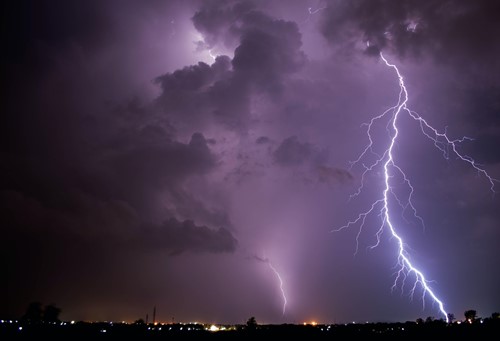
Sometimes when severe weather happens, the safest thing to do is remain indoors. However, for certain weather events with strong winds like tornadoes and hurricanes, there are some parts of your home that are safer than others. Here is a basic guide for how to shelter in your home to stay safe from extreme weather:
In an apartment building, the safest place to shelter is on the ground floor. If you live on an upper floor, head downstairs to a common area or neighbor's home to shelter. If your apartment building has a laundry room or utility room without windows, these are also options for sheltering from extreme weather.
Mobile homes are extremely vulnerable to strong winds and other extreme weather. Experts recommend leaving your mobile home to shelter in a sturdy building to lower your risk. It's crucial to prepare for an emergency so you can find shelter before the worst of the storm arrives.
Wherever you shelter in your home, you should have basic emergency supplies prepared. The American Red Cross recommends keeping a minimum of 3 days worth of water and non-perishable food items for each member of the household. Some other things to include in your kit:
If extreme weather forces you to shelter in your home, it's important to be prepared. Keep these tips in mind when formulating your own household emergency plan.

A Clarkston area resident since 2007 Kyle was drawn here for its quiet rural communities, recreation, but also the great downtown atmosphere.
Kyle recognizes that each transaction is unique and works diligently to guide his clients seamlessly to the finish line.
With direct experience in managing new construction and extensive remodeling projects Kyle has the knowledge base to help clients envision improvements that create value whether buying or selling.
He currently lives in Springfield Township with his wife, three kids and Dog. An avid water sports enthusiast, he loves spending his spare time on the water.